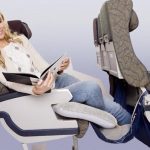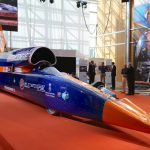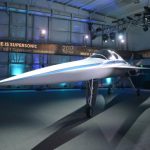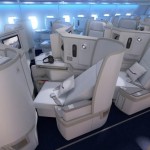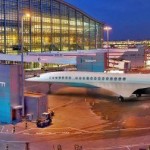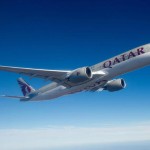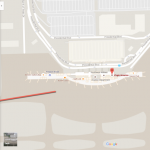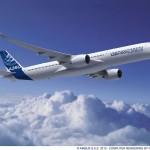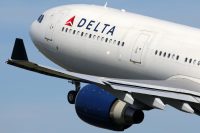Test Flying The Icon A5, A Revolutionary New Plane For Amateur Pilots
Having been to numerous airplane launches, I can tell you with extreme confidence that it’s unusual for the CEO of an aviation company to show up to a press event in flip-flops.
But for Kirk Hawkins, the 48-year-old CEO and founder of Icon Aircraft—who’s also a Stanford Business School-educated former Air Force F-16 pilot—flip-flops actually work. Especially when he’s flying the A5, Icon’s new $250,000 two-seater plane that also just happens to be one of the best maneuvering boats you’ve ever seen.
I’ve come up to God’s country—Northern California’s Lake Berryessa, near the rich, lush Napa wine region—to check out the A5, and, despite my total lack of experience, even safely pilot it for a little while. Eight years in the making, the plane, which can take off and land on either water or land, is finally ready for delivery.
Customers, attracted by the pitch that the A5 is of one of the safest and easiest planes in the world to fly—you can do it in flip-flops!—have responded, to the tune of $450 million worth of preorders that will take Icon three years to fulfill.
The A5 is what’s known as an SLSA, or sea light-sport aircraft, aimed at pilots who have training qualifying them to fly below 10,000 feet in good weather conditions, during daylight hours, and to small, regional airports or other airfields, lakes, grass strips, and the like. Earning such a license typically takes half the training hours of a full-fledged license, according to Icon, although those with higher-level licenses can fly the plane in more complex situations.
In fact—and this is pretty much the point of spending the day on and around Lake Berryessa and the endless acreage of nearby vineyards—the A5 is ideal for flying in what Hawkins estimates is the 98% of the U.S. that is wide open for light-sport flying.
While I don’t have the means to buy a quarter-million-dollar plane, after two wonderful flights in an A5’s passenger seat, I’d be first in line to get one if I did, given how much fun it is. And yes, it’s also easy to fly.
Hawkins, who flew Boeing 757s and 767s for American Airlines and once worked professionally taking photographs of skydivers, clearly wants to sell planes. He also wants you to believe in a philosophy—that flying should be fun, that it shouldn’t just be a utilitarian way to get you from point A to point B, and that way more people should be able to do it.
He also thinks the way to achieve that vision is through Silicon Valley tech startup-style disruption—leveraging the U.S. Federal Aviation Administration’s willingness to open up the light-sport aviation field to a wide range of innovation as a way of building new interest in flying.
At Stanford, Hawkins recalled, he and his fellow B-School students saw that the FAA had loosened regulations on small aircraft and began to examine what that meant. The conclusion? The door was open for a potential “big market” for such planes.
In class, he said, the question was asked: “‘Who wants to fly?’ Lots of hands” went up, he said. “‘Who is flying?’ All the hands go down. So, let’s fix that.”
That’s where Icon, or at least the idea for a small, (relatively) inexpensive, easy to fly plane was born. With a cockpit meant to be almost as simple as that of a car, sleek, sexy lines, bold, sharp handling, and even foldable wings that let you put the A5 on the back of a trailer and park it in a boat garage, it’s something that will get anyone talking.
While there are kit planes for those who have a deep expertise in aviation design and mechanical know-how, the A5 is more of an out-of-the-box proposition—albeit one that does still require an FAA pilot’s license. “Don’t get distracted by the pretty planes,” Hawkins told me. “What’s really behind this is the democratization of aviation that’s being allowed by the dramatic deregulation” of constraints on design.
It’s always a little hard to take people seriously when they talk about “democratizing” luxury goods that still cost as much as a house. There aren’t very many people who have the scratch to afford a plane of any kind, no matter the price (unless it’s made of paper, that is). Still, by making a plane that is relatively inexpensive and can be flown after a limited amount of training, Icon is opening up aviation to a wider constituency—like the 1,800 or so future plane owners who placed preorders.
The A5 is by no means the least expensive plane in its category. According to Dan Johnson, who analyzes the light sport aircraft market, the best-selling plane in the category is Flight Design USA’s CTLSi, which starts at $156,500. Icon says it is charging more than that because of the costs associated with safety, design, and ease of use. Icon had originally aimed to charge around $150,000, but “we didn’t hit” that price point, Hawkins admitted.
Still, the $450 million in advance orders is impressive, especially given that a recent study by Research and Markets indicated that the size of the ultralight plane market—which includes light sport aircraft—would be $389 million by 2020.
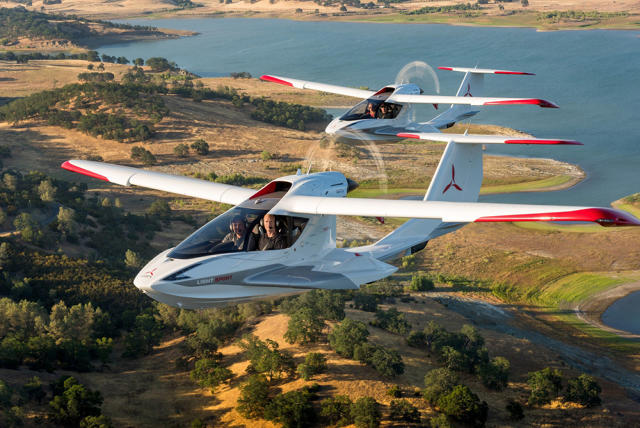
Building A Safer Plane
Soaring above Lake Berryessa alongside Hawkins, I took control of the plane with almost no instruction, and soon had the A5 flying (more or less) smoothly around the lake, over tree-covered hills, and even through fairly narrow valleys. Later, alongside a different Icon pilot, and with just a touch of assistance, I was even able to land the plane on the lake, and then seconds later, take off again.
This is by no means an indication that I know how to fly a plane—Icon wants everyone to know they insist on training their customers ($9,500 for first-time pilots) before handing over the keys. Still, the ease that I was able to take the stick and navigate around for more than five minutes without killing us gave me a sense of how easy the A5 is to operate. That’s bolstered by so-called “anti-spin” design features that allow a pilot to maintain control of the aircraft, even in the case of a severe stall. That’s a result, Hawkins said, of Icon designing “the human experience we want” and making “all the engineering, all the technology, serve [that] human experience.”
The anti-spin features are a big part of the A5’s selling point. In most planes, if the pilot exceeds a safe angle of attack, meaning the angle of ascent, the aircraft will stall, and in extreme cases, will fall into a deep and often fatal spin. That’s almost always the result of pilot error, often because the person flying panics. The A5, by contrast, was built to preclude this kind of spin-out. If you reach that extreme angle of attack, the plane shudders, alerting you to your error, yet you can still climb. The A5 has another significant safety feature as well: a built-in parachute that can save the plane as a last-ditch measure, gliding it to the ground (or water) in a true emergency.
I asked Icon for data that could support its marketing message that the A5 is one of the safest aircraft in the world. The company would say only that that it has invested thousands of hours over eight years in ensuring that the aircraft is as safe as can be.
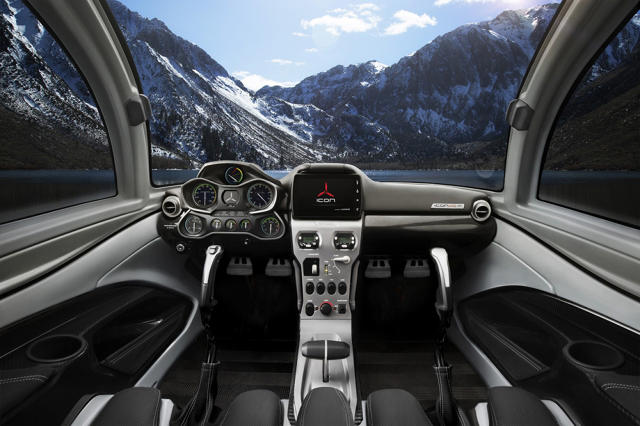
Another place where the A5 seeks to upend convention is the way it performs when on the water. The plane is simply badass when it comes to maneuvering on the surface: During my time on board, Hawkins did “donuts,” turning crazy tight circles at high speed, and the aircraft never for a second seemed to lose stability.
During my second flight, the pilot landed on the lake, went immediately into high-G donuts, and then took off again. From the air, we could see the tight circle of our wake. A normal seaplane, he said, would probably have flipped over.
In other words, the A5 is a vehicle that you could use to make plane people and boat people alike sick with jealousy. Driving it to a lake on the back of a trailer—which Icon sells, at an additional cost—you could fly the plane, packed with a picnic or even light camping gear, and hop off to an island. With a range of up to 400 miles, this is a recipe for a lot of smiles.
That’s just what Hawkins wants. Having grown up an airplane nut, and flown his first plane at 18, he knows how great the experience is, and he wants to help more people share that joy.
“I’ve seen the promised land,” Hawkins said of having flown F-16s and commercial airliners. “Now I’ve built a bridge (for everyone) to it.”
![]()
![]()
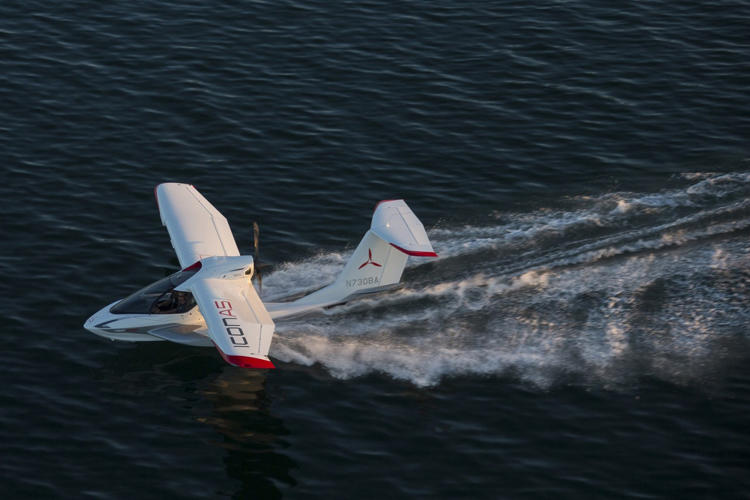
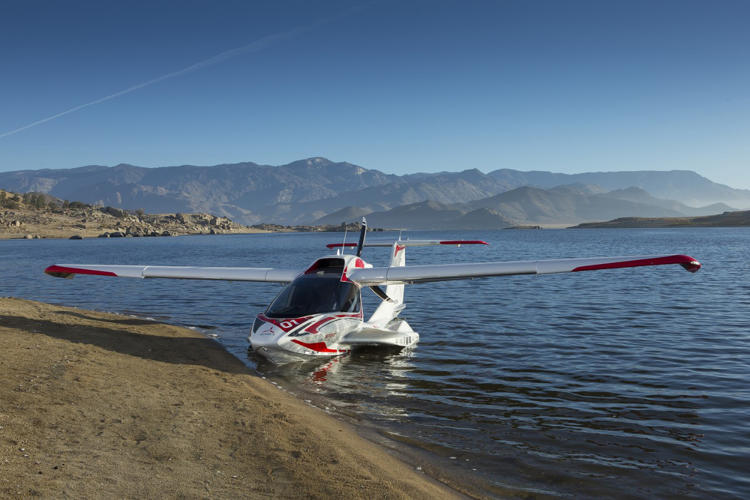
![]()
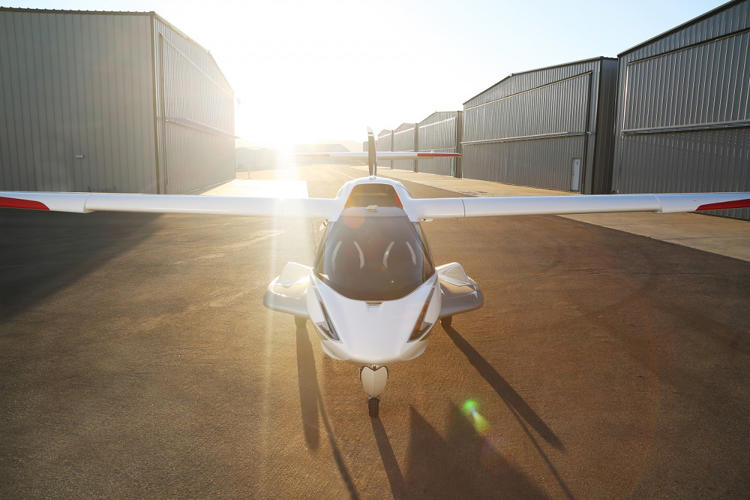
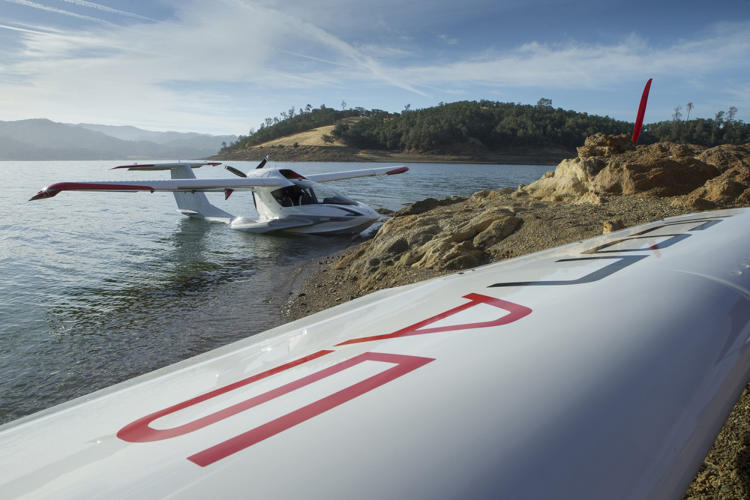
![]()
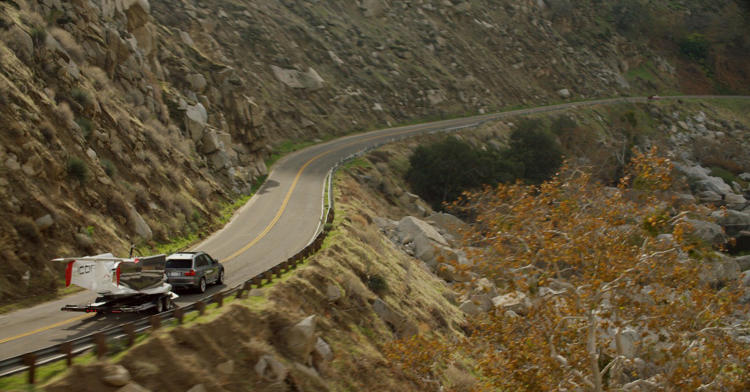
Fast Company , Read Full Story
(85)


